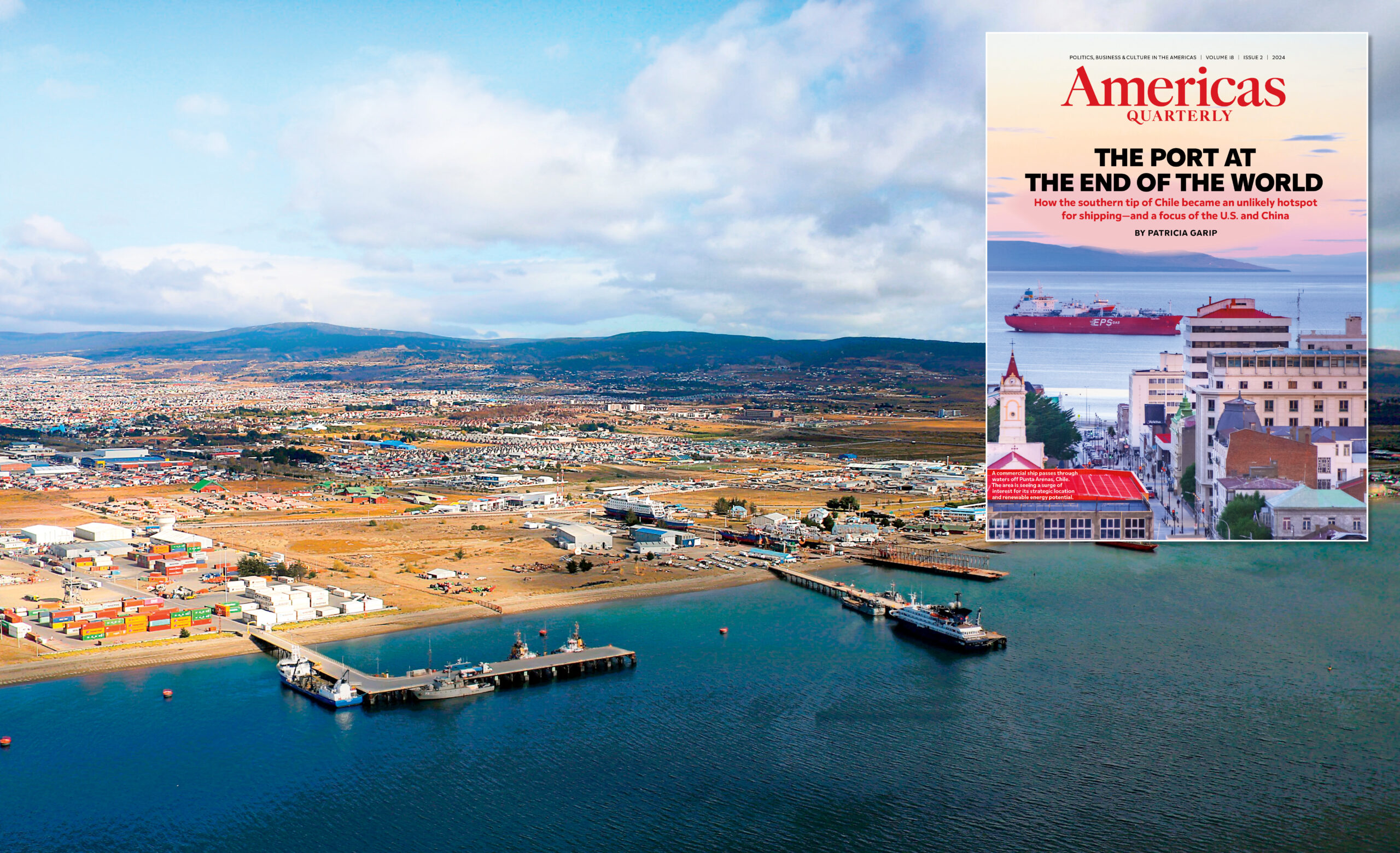What Would Trump's Tariff Proposals Mean for U.S. Trade with Latin America?
What Would Trump's Tariff Proposals Mean for U.S. Trade with Latin America?
The president-elect threatened 25 percent tariffs on Mexico and Canada and 10 to 20 percent rates globally. Learn about the hemispheric trade relationship.
This piece was originally published on November 27, 2024 and has since been updated.
“To me, the most beautiful word in the dictionary is tariff,” said Donald Trump during an interview at the Economic Club of Chicago last October.
Throughout his successful 2024 presidential campaign, Trump frequently spoke of tariffs—taxes on imported goods paid for by the importer—at rallies and in interviews. Tariffs, according to the 2024 Republican platform, are key to a vision that ensures global trade benefits Americans.
While the president-elect has proposed universal 10 to 20 percent tariffs on all goods imported to the United States, he threatened the United States' top trade partners—Mexico, Canada, and China—with higher rates. On November 25, Trump announced that he will impose a 25 percent tariff on all goods from Canada and Mexico through an executive order on his first day in office. “This tariff will remain in effect until such time as drugs, in particular fentanyl, and all illegal aliens stop this invasion of our country,” he wrote on his Truth Social account. He also announced an additional 10 percent tariff on all goods from China, citing the same reason: fentanyl entering the United States. On November 30, Trump threatened to impose a 100 percent tariff on goods from countries that make up the BRICS, which includes Brazil, over the bloc’s proposal to create its own currency.
Trump’s proposed tariffs could mean big changes for industries in and outside the United States, North America's supply chains, and U.S. trade partners in Latin America. The United States has six free trade agreements in effect with 11 Latin American countries. The region is home to some of the country’s largest sources of imports, including its biggest trade partner, Mexico. These potential trade barriers could become a sticking point when it comes to the scheduled 2026 review of the United States-Mexico-Canada Agreement (USMCA).
What could these tariffs mean for the United States’ trade partners in Latin America? And which relationships would feel the biggest impact? AS/COA Online looks at the proposed tariffs and the current trade relations between the United States and Latin American economies.









